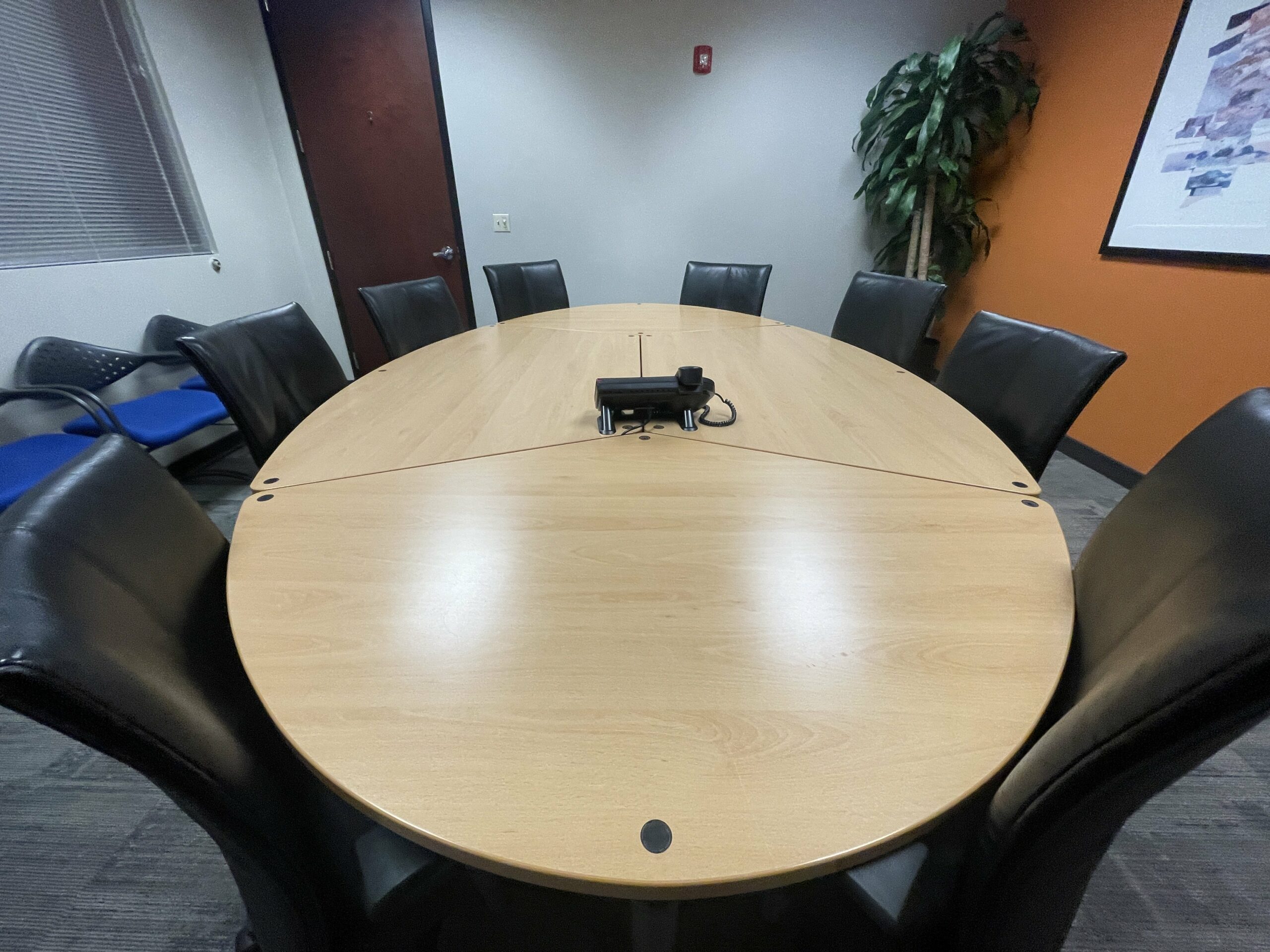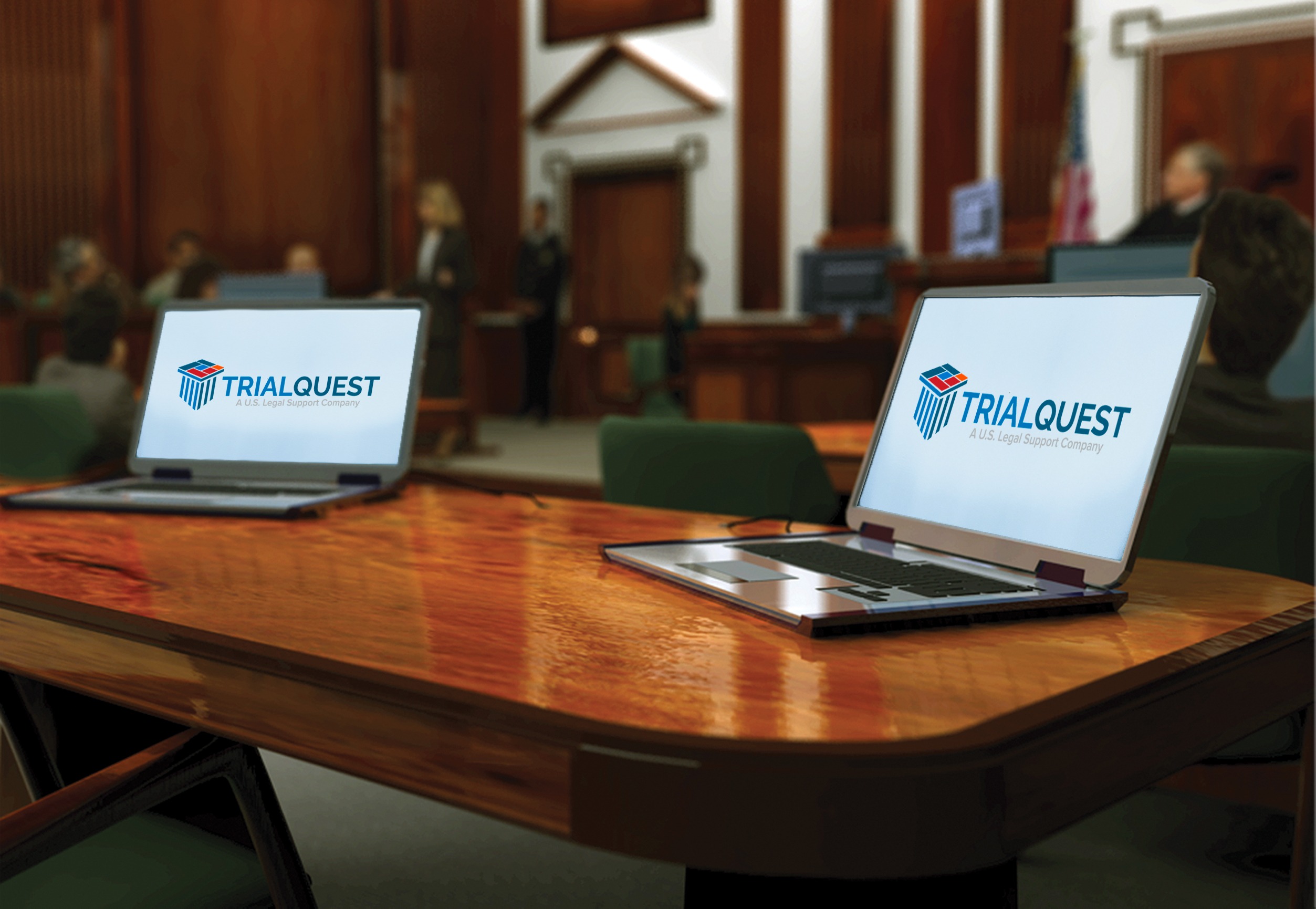Exactly How to Craft a Compelling Test Presentation That Wins Situations
In the realm of trial campaigning for, the capacity to craft a compelling discussion is vital to safeguarding desirable results. An effective trial presentation requires a nuanced understanding of the court's demographics and prejudices, along with a carefully structured narrative that flawlessly integrates factual evidence and psychological resonance.
Understand Your Target Market
Recognizing your audience is a critical element of crafting a reliable test presentation. The jurors, courts, and various other individuals in a test originated from varied backgrounds, each having distinct experiences and point of views. It is critical to tailor your presentation to reverberate with these individuals.

Furthermore, recognizing the psychological and cognitive factors that affect decision-making is crucial. Jurors are typically guided by psychological appeals and narration, making it vital to attach with them on a human degree. By framing your disagreements in such a way that aligns with their values and experiences, you can boost engagement and convince them effectively. Ultimately, a well-considered method to audience understanding can substantially influence the end result of your discussion and, consequently, the test itself.
Structure Your Narrative
A well-structured story acts as the foundation of an engaging test presentation. It gives a clear framework that guides jurors via the complexities of the instance while highlighting the vital arguments. Trial Presentations. To achieve this, begin with an appealing opening declaration that lays out the main motif and establishes the tone for the discussion. This first engagement is vital for recording the jury's attention and promoting their interest.
Next, present the realities in a logical sequence, making sure that each item of evidence builds upon the previous one. This chronological development helps jurors recognize the context and relevance of each truth, consequently strengthening your debate. It is important to weave in emotional components that resonate with the jury, as this can stimulate compassion and assistance for your setting.

Conclude with a compelling closing declaration that reiterates your primary factors and leaves a long-term perception. Summarize the crucial takeaways and make a solid charm for the desired decision. By structuring your narrative successfully, you can develop a persuasive trial presentation that not only informs however also captivates and affects jurors in your support.
Use Visual Help
Incorporating aesthetic aids into your test discussion improves the jurors' understanding and retention of details. Reliable use aesthetic aids can simplify complex information, making it a lot more available and engaging for the jury. Graphes, graphs, timelines, and pictures act as powerful tools to highlight bottom lines and reinforce your narrative.
When choosing visual help, guarantee they are appropriate and straight sustain your situation. Each visual should image source be clear, skillfully developed, and simple to comprehend at a glimpse.

Method Effective Delivery
Exercising effective distribution is crucial for making a lasting impact throughout a trial presentation. The manner in which you share your arguments can significantly influence the court's understanding and understanding of your situation.
Furthermore, keeping eye contact with jurors promotes connection and engagement. Avoid checking out straight from notes; instead, familiarize yourself with the product to ensure an extra natural shipment. Method before coworkers or make use of taping gadgets to evaluate your performance and adjust as necessary.
Incorporating narration techniques can additionally boost your presentation, making it a lot more relatable and memorable. Use here stops briefly efficiently to highlight key points and enable the jury to mirror on the details offered.
Anticipate Questions and Objections
Effective shipment establishes the stage for a compelling trial presentation, however anticipating concerns and objections is similarly essential in protecting the court's self-confidence. By preparing for prospective queries and challenges, lawyers can develop an extra influential story and show their command over the situation.
Begin by identifying the most likely inquiries the jury may have worrying vital evidence, witness trustworthiness, or lawful concepts. Creating clear, succinct feedbacks ahead of time will not just boost your disagreement however likewise showcase your readiness. Think about typical objections from the opposite guidance-- whether relating to the admissibility of evidence or the importance of particular points-- and prepare index counterarguments that efficiently resolve these worries.
Additionally, preserve a versatile attitude throughout the presentation. Focus on jurors' non-verbal signs; their body language may suggest confusion or apprehension. Being attuned to these signals permits real-time adjustments to your distribution, providing quality when needed.
Inevitably, preparing for inquiries and objections changes possible weaknesses right into strengths, strengthening your setting and instilling better depend on in the jury. This proactive strategy not just improves your trustworthiness however likewise contributes substantially to the total effectiveness of your test presentation.
Final Thought
A compelling test discussion demands a thorough understanding of the target market, a well-structured narrative, and the tactical use of aesthetic aids. Jointly, these elements contribute substantially to forming court understandings and influencing case outcomes, highlighting the importance of meticulous preparation in the art of test presentation - Trial Presentations.